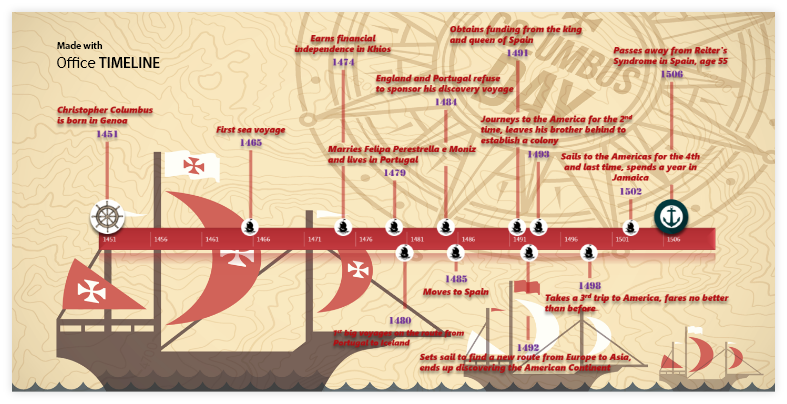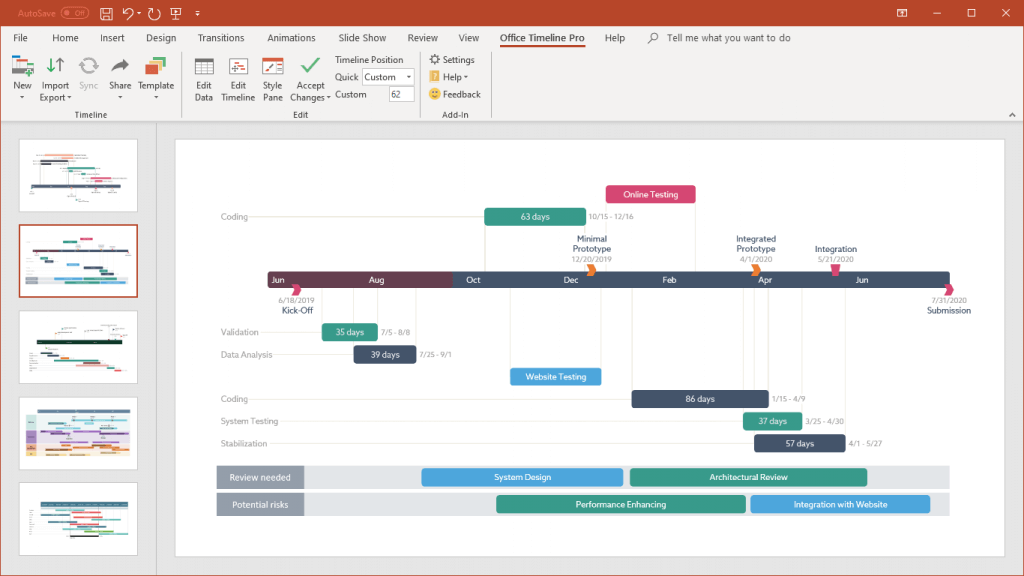
Christopher Columbus is certainly a very controversial historical figure, and the crashing waves this dispute unleashes are tall enough to capsize the Santa Maria and the rest of the Spanish Armada in one swoop. He is praised by some as a daring Genoan explorer, without whom it may have taken a few hundred years longer for the world to be fully charted. On the other hand, there are others who contest Columbus‘ merits and vilify him as a brutal invader who took advantage of the indigenes’ naivete, forcing them into slavery and decimating the local population.
However, one thing is certain: the voyage he set out on in 1492 with the blessings – and gold – of the King and Queen of Spain would not only alter the course of history but cartography as well. Let’s embark on a journey through some of the most important moments in the life of the man who bridged the old world and the new one.
Columbus Day celebrations around the globe
To acknowledge his achievements, the United States celebrates Columbus Day on October 12. On this day back in 1492 Columbus dropped anchor in the Bahamas, while en route to what he believed were the Indies.
Not all countries are so eager to honor the arguably the most famous navigator in the world though. In Venezuela, for instance, October 12 marks the celebration of ‘Día de la Resistencia Indigena‘, which translates to ‘The Day of the Indigenous Resistance‘, commemorating the locals’ fight against the invasion of the Conquistadors; a fairly recent event, it began in 2004, when a century-old statue of the Italian navigator was torn down.
Other Latin American nations have different names for it, like Argentina’s ‘Day of Respect for Cultural Diversity‘, Uruguay’s ‘Day of the Americas‘, Peru’s ‘Day of the Discovery of America‘ or Colombia’s ‘Day of the Races‘.
Was Columbus the first explorer to drop anchor on the American continent?
As it turns out, not exactly. Christopher Columbus did plant Spain’s ‘Castile and Leon’ flag on American soil, no argument here. Nonetheless, the first footprints on the shore are said to belong to Leif Eriksson, a Norse explorer from Iceland. Historical records suggest that on the return journey to Greenland, Eriksson strayed from the charted path and the winds guided his ship to a region in North America, which he dubbed ‘Vinland‘. This story is not without controversy either, as some accounts like the ‘Groenlendinga Saga’ place a trader by the name of Bjarni Herjulfsson in the area 14 years ahead of Eriksson. What’s more, according to saga, Leif Eriksson did not come to the new world due to a course-plotting error. Instead, he learned about Vinland from Herjulfsson and decided to check it out for himself. Whoever was first, Columbus’ expedition paved the way for European powers to colonize the new continent and gain access to its abundance of resources.
The new world or the old one?
It might sound strange, but our expert navigator never really accepted the fact that his journeys didn’t take him to an undiscovered part of the Indies and that he had, in fact, found a completely new and uncharted landmass. His journal entries show us that he refused to budge, even in the face of overwhelming evidence, and continued to believe he was really close to the East Indies. The confusion likely comes from a miscalculation he made when estimating the Earth’s size.
The exploits of Christopher Columbus were mapped out chronologically using Office Timeline, a professional and easy to use Gantt chart maker that can quickly generate a beautiful graphic representation for your project’s stages within minutes. You can try it out in the free version, but access to the more complex features such as ‘Swimlanes’ is only available in the Pro edition. Download the Christopher Columbus timeline as a .PPT file and have fun moving the elements around, using either our add-in or the native PowerPoint controls.

Turn project data into professional timelines
Get the advanced features of Office Timeline Pro+ free for 14 days.
Get free trial